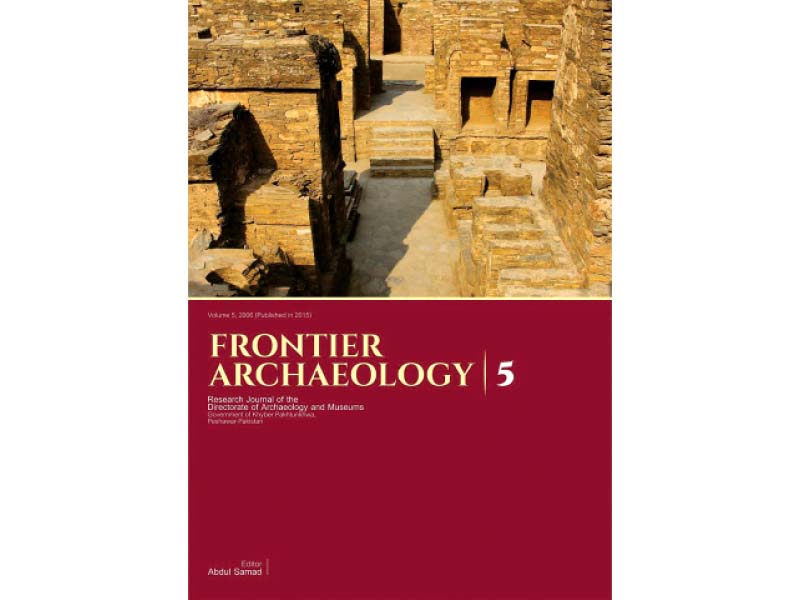
PESHAWAR: The Khyber-Pakhtunkhwa archaeology department’s flagship journal has seen the light of day after a gap of nine years.
The fifth volume of Frontier Archaeology carries eight research papers on the region’s heritage, one on ongoing excavation projects and one which analyses the art and architecture of K-P. The articles have been penned by national and international scholars under the guidance of K-P Archaeology and Museums Director Dr Abdul Samad. “We have ensured the academic value of the journal is not compromised. Pending journals will also be published soon,” said Dr Samad who served as the publication’s editor.
Surveys
The journal includes an archaeological survey of Swabi conducted by scholars Saleh Muhammad Khan, Bakht Muhammad and Fawad Khan.
The survey attempts to document all unearthed immovable structures dating back to Buddhist, Hindu, Muslim, Sikh and British periods and explains 123 sites in detail. Some of the Buddhist sites have already been partially excavated while some ancient temples, gurdwaras and bridges have been identified for the first time.
Saleh and Bakht have co-authored another paper on the archaeological sites of Hazara Division, Abbottabad district in particular. The report mentions 210 newly-discovered sites from periods as old as 2CE.
Dir has always been of particular interest to archaeologists. However, earlier findings were mostly confined to Lower Dir. This time a survey was conducted in Wari tehsil, Upper Dir, listing some 72 newly-identified sites dating back to 3CE.
Rock art of Swabi
Inscriptions on rocks near Doda hill in Chargul village, Swabi district have also been analysed and evaluated. They were first discovered in 1882. “The pictographs plausibly date back to the same period as that of the rock engravings of middle Indus,” writes researcher Luca M Olivieri.
Pakhli Sarkar of Mansehra
Fazal Muhammad and Shakirullah take a stab at the historical evidence of Pakhli Sarkar and reconstruct the forgotten state’s narrative. Pakhli’s capital was Guli Bagh, today estimated to be about 23 kilometres from Mansehra city. “The state was built and ruled by Turks from 1480 to 1713,” the paper reads.
Published in The Express Tribune, May 7th, 2015.


























































COMMENTS
Comments are moderated and generally will be posted if they are on-topic and not abusive.
For more information, please see our Comments FAQ